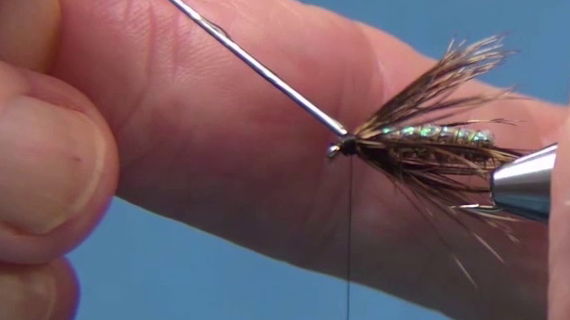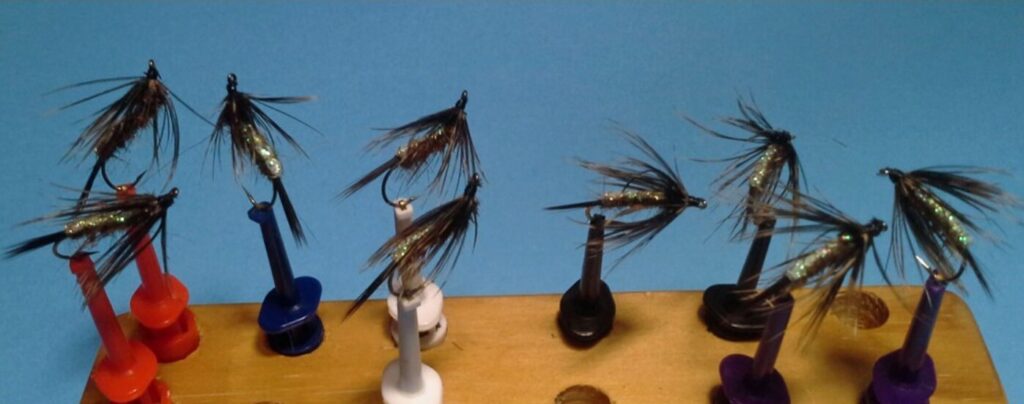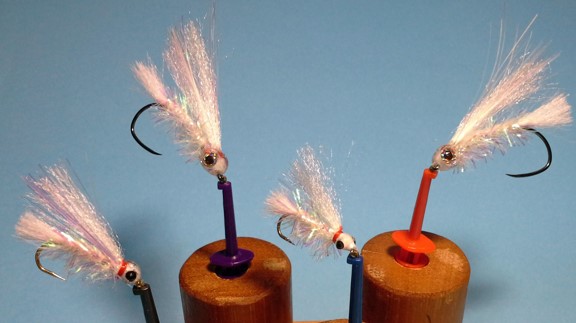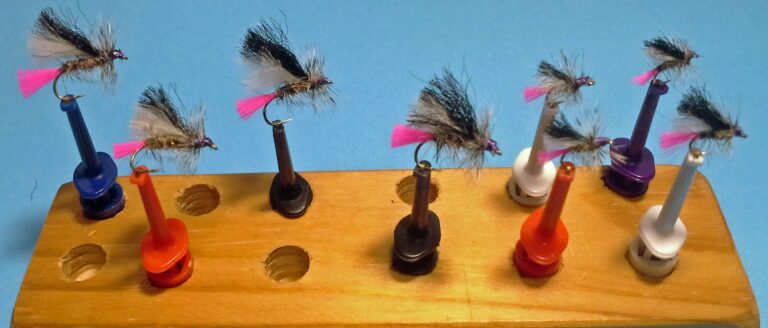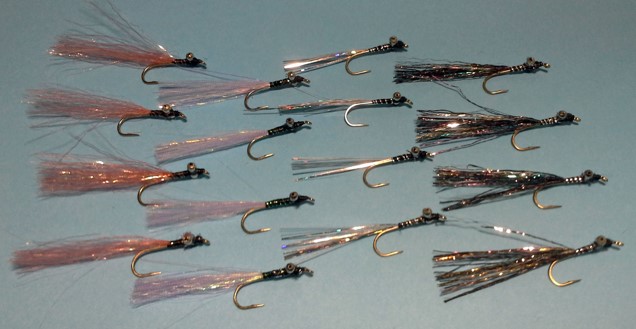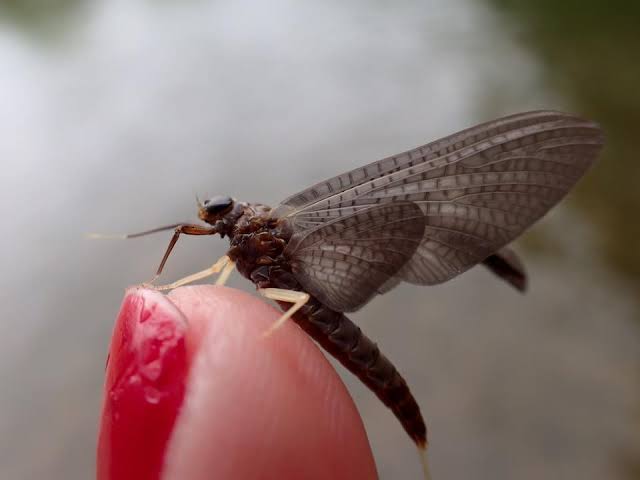
Isonychia is a genus of brushlegged mayflies in the family Isonychiidae, the sole genus of the family. Commonly known as Iso’s, Slate Drakes, Mahogany Duns, or Leadwing Coachmen, are a staple in the fly fisher’s repertoire. These mayflies are renowned for their impressive swimming abilities, often resembling small minnows as they navigate the water.
Fed’s Isonychia Soft Hackle Variant introduces subtle modifications to enhance its effectiveness.
How to Fish
When using weightless soft hackle flies like this one, swinging the fly downstream and across the current can trigger aggressive strikes from trout. While weighted or bead head versions of soft hackles can be effective, the weightless variety offers near-neutral buoyancy, closely mimicking the natural movement of the insects they imitate.
If you need to get the fly deeper, you can attach it to an intermediate poly leader, sinking at a rate of 3 or 5 inches (approximately 7.6 to 12.7cm) per second. This will allow the fly to reach a lower part of the water column without losing its natural presentation. The subtle, drifting movement of the weightless fly in the current makes it look more realistic, just like the naturals swimming or drifting near the surface.
When presenting this fly, aim to replicate the natural nymph’s behaviour in the water by allowing the fly to drift or swing naturally. The weightless design helps ensure that the fly maintains its delicate movement, increasing the chances of enticing a strike. Keep an eye out for aggressive takes when swinging the fly through likely feeding zones in the current. Happy fishing!
Materials
- Hook:2x Nymph Hook, Size 12 (Crush the barbs) or Swimming Nymph Hook, Size 12
- Thread:Sheer 14/0 Brown
- Rib:Small Gold Wire
- Tail:Clinique Small Powder Brush, Brown
- Dorsal Stripe:Thin Sparkle Chenille
- Abdomen:Possum Dubbing Mix (Natural 2/5, Rusty Brown 2/5, Burnt Orange 1/5)
- Thorax:Peacock Herl (3 to 4 Strands)
- Collar:Malleefowl Breast Feather
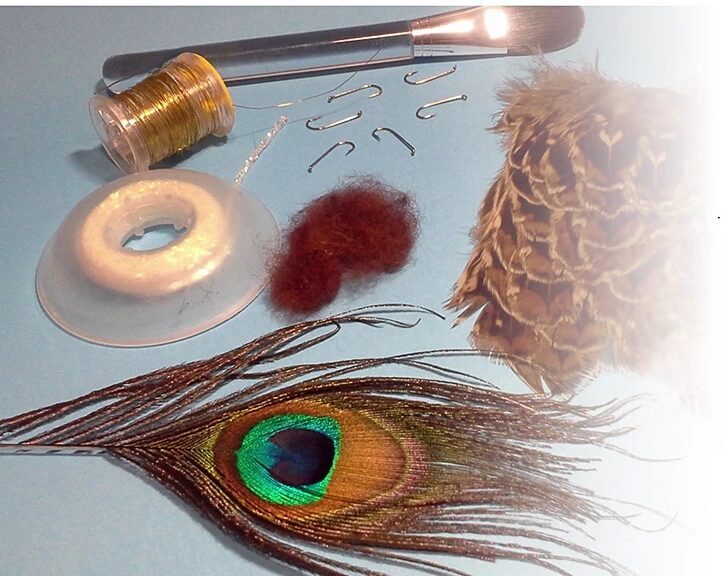
Feather Preparation
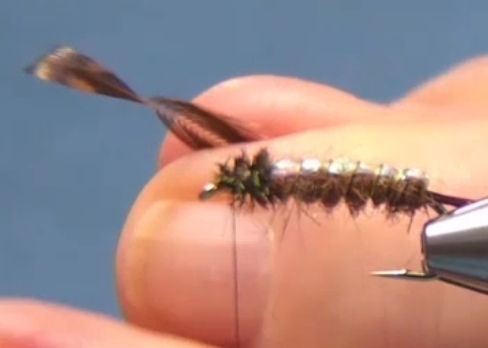
- Strip the woolly material off the feather, leaving a clean stem.
- Pull the feather fibres down, stripping them away until the remaining fibres are the length of the hook, extending just to the tip, especially for the swimming nymph pattern.
- Fed advises: “If you’re tying six flies, always prepare seven feathers. You’ll likely mess up one, but by prepping seven, you’ll end up with six perfect flies.”
Tying Instructions
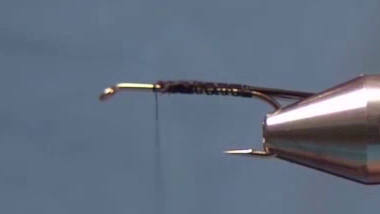
- Cover the Hook: Lay down a smooth thread base along the hook shank.
- Tie in the Tail: Attach the brown Clinique small powder brush fibres at the midpoint of the hook shank.
- Tie in the Gold Wire: Secure the small gold wire along the side of the hook shank.
- Tie in the Dorsal Stripe: Place the thin sparkle chenille on top of the hook shank.
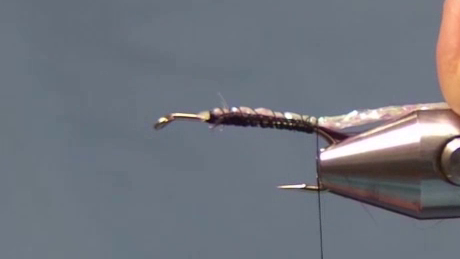
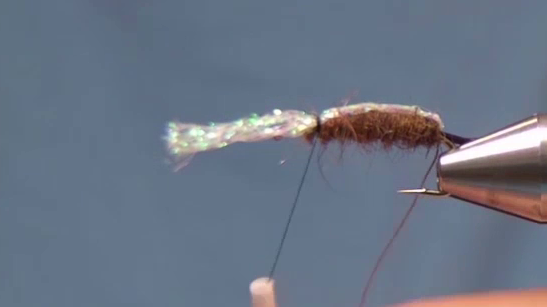
- Dub the Abdomen: Create a dubbing mix using possum fur in natural, rusty brown, and burnt orange proportions. Apply this mix to form the abdomen, leaving space for the thorax and collar.
- Tie in the Dorsal Stripe: Bring the sparkle chenille forward, stretching it tight, and tie it just behind the eye.
- Rib with Gold Wire: Palmer the gold wire from the tail to the eye, securing it along the way, while ensuring the dorsal stripe stays on top.
- Tie in the Thorax: Attach 3 to 4 strands of peacock herl to form the thorax.
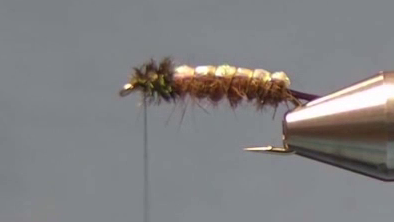
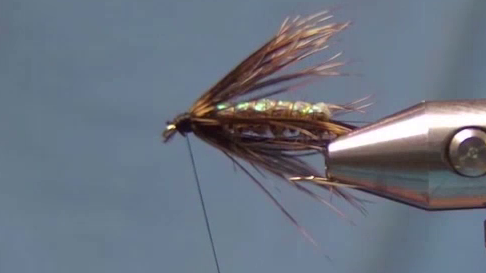
- Tie in the Collar: Attach the prepared malleefowl breast feather by the tips.
- Wrap the Collar: Make three or four turns of the feather to form the collar.
- Finish the Fly: Tie off and form a small head. Whip finish and apply a small drop of Sally Hansen’s Hard as Nails to strengthen the fly and ensure durability.
